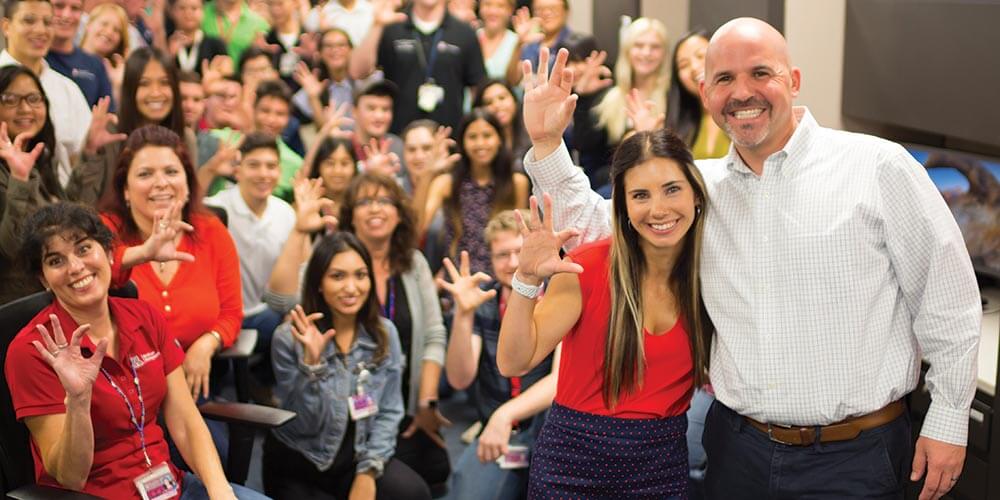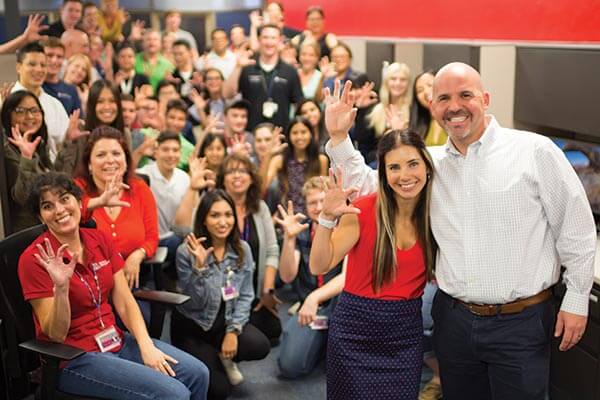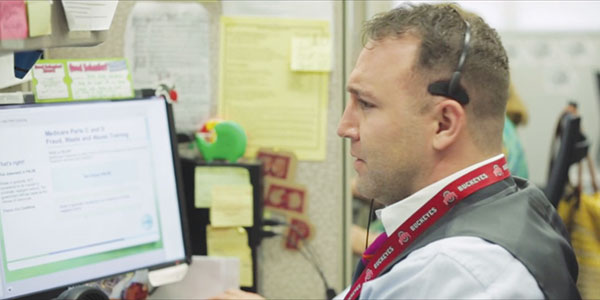Telepharmacy programs are educating patients on medicine and educating students on people.
By Athena Ponushis
Jed Swackhammer shows up to work early. As a student pharmacist at The Ohio State University College of Pharmacy, Swackhammer works at the Medication Management Program (MMP), calling patients across the country to review their medications. In the beginning, they may not like him, but by the end of the call, they thank him. And every day, Swackhammer leaves work feeling like he has made a difference.
Swackhammer checks for, missing medications or duplicate medications. He looks at costs, to see if there might be generic options. Patients gain a greater understanding of how to take their medications, when to take them, when not to take them and when to follow up with their doctors. “There is no routine patient,” Swackhammer said. “That’s what I have been able to experience at the MMP.”
Such telepharmacy programs reveal how healthcare today extends beyond the physician’s office or pharmacy counter. Telepharmacy allows pharmacists, or future pharmacists, to reach patients in their homes, where they can open up their medicine cabinets and about their concerns. An old-fashioned phone call has become an innovative continuum of care.
Students are able to hone their counseling skills, practicing different methods of motivation to encourage medication adherence. They see how health conditions and corresponding medications they have learned about in the classroom play out in a real life. Above all else, they are able to ask a patient, “How are you feeling?”
That might sound like a small question, explained Dr. Milap Nahata, director of the Institute of Therapeutic Innovations and Outcomes with oversight of MMP at OSU, but asked in an office setting, where patients know they only have a block of time, they may just answer with a cordial, “Good,” not wanting to be a bother. Therein lies the beauty of telepharmacy: Pharmacists and pharmacy interns ask, “How are you feeling?” over the phone, where time is suspended. And patients, in the privacy of their homes, tend to get personal. “Sometimes they share their life story,” Nahata said.



